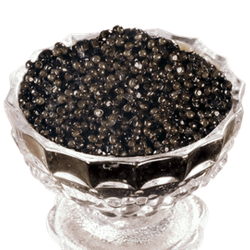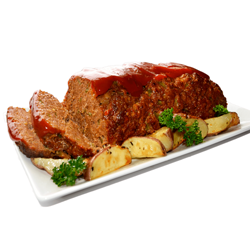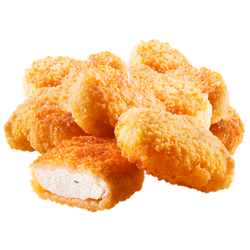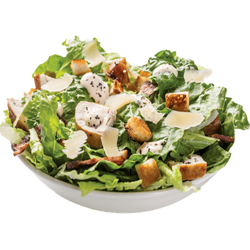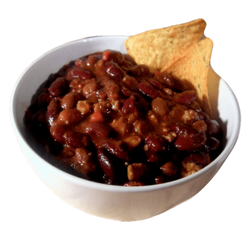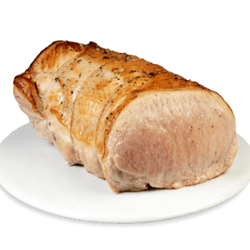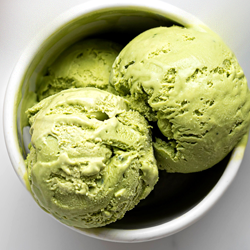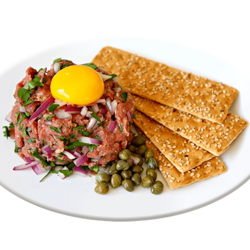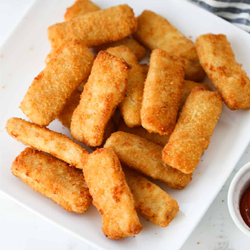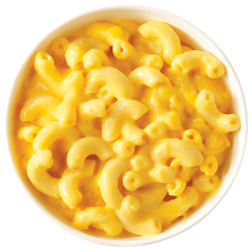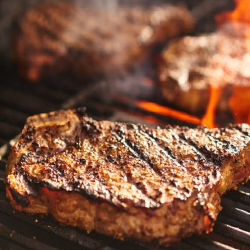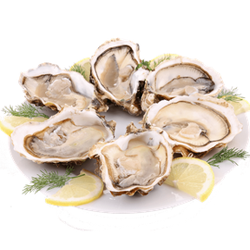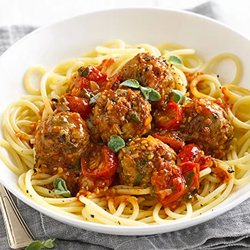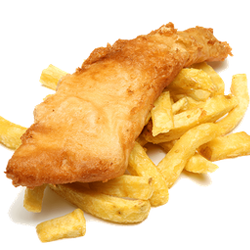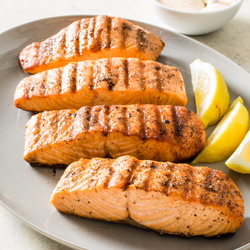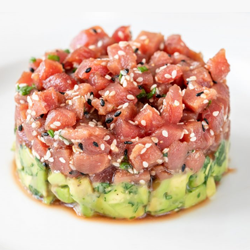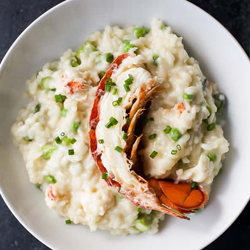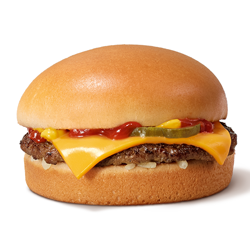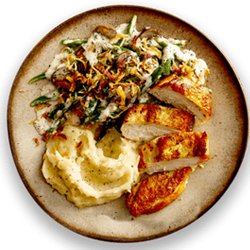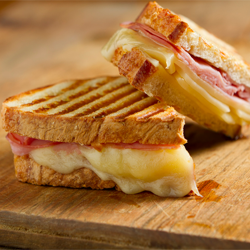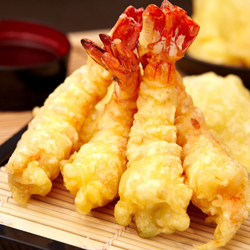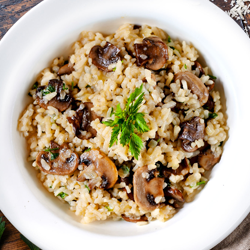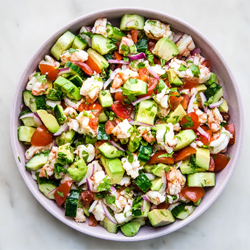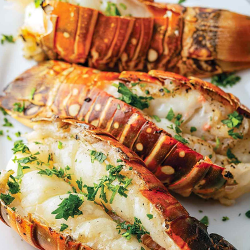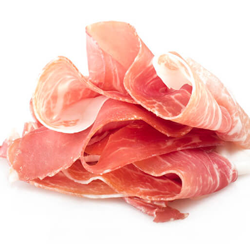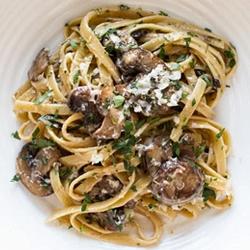Academically reviewed by Dr. Jennifer Schulz, Ph.D., associate professor of psychology
Food Preference Test
Based on research from Duke University
Cultural tastes have always been tied to social status. However, the tastes that code for high and low social status also change over time. Clayton Childress, Shyon Baumann, and their colleagues at Duke University now believe they have a way to identify a person’s social class based on their food preferences.
What does your taste in food indicate about your social status? For each of the following shows, indicate whether you like or dislike them below.
Question 1 of 35
How much do you like...
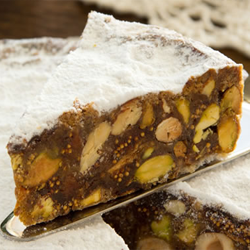
Panforte
NEXT
The IDRlabs Food Preference Test was developed by IDRlabs, and adapted from the research of Childress, Clayton, Shyon Baumann, and their colleagues at Duke University. IDRlabs is not the aforementioned researchers or their institutions.
It is widely accepted that social factors (i.e., culture, family, peers, and meal patterns), biological factors (i.e., hunger, appetite, and taste), economic factors (i.e., cost, income, availability), structural factors (i.e., access, education, cooking facilities, skills, and time), knowledge and attitudes about food can all influence the foods we choose to eat. The following outlines the popular food in different continents:
North America: The most popular North American foods include burgers, tacos, tortillas, barbecues, cupcakes, nachos, brownies, fried chicken, mac and cheese, and burritos. In a survey, over a quarter of Americans eat fast food every day. One of the main reasons is the convenience factor.
South America: Most South Americans enjoy eating ceviche (marinated raw fish or shellfish, which is the national dish of Peru), churrasco (Brazilian barbecue), alfajor (sweet cookies which originated from Spain), asado (Argentinean grilled meats), parrilla (Argentinian steak), Milanesa (Argentinian breaded beef), Feijoada (Brazil’s pork stew), dulce de leche (Argentinian caramelized milk), arepa (Venezuelan cornbread), and picanha (grilled meat in Brazil). South American cuisine tends to feature meat, corn, and rice.
Europe: The most popular European foods include paella (Spanish rice dish), croissant (French pastry), baguette (French bread), pizza, gnocchi (Italian dumplings), pasta carbonara, quiche (French pie with eggs, cream, bacon, cheese, leeks, etc.), Tagliatelle al ragù alla Bolognese (Italian pasta with beef ragù and tomatoes as key ingredients), risotto (versatile group of Italian dishes consisting of a base of rice and stock), and fish and chips. European food often has meat and starchy ingredients.
Africa: The most popular African foods include couscous (steamed granules of rolled durum wheat semolina which is a North African dish), Tajine (Moroccan stew), braai (South African barbecue), Ta’meya (chickpea fritters), brik (Tunisian pastry with tuna as the common filling), pastilla (Moroccan stuffed pastry), peri peri chicken (Mozambican grilled chicken), bobotie (South African deep dish casserole made from beef or lamb), Kunafah (middle-eastern pastry), and Biltong (South African cured beef). Traditional African cuisines are usually a combination of plant and seed-based ingredients as well as meat and milk products.
Asia: The most popular dishes in Asia include sushi, ramen (noodles), Yakiniku (grilled bite-sized pieces of meat and vegetables in Japan), sashimi (thinly sliced raw fish), jiaozi (Chinese dumplings), yakitori (Japanese grilled chicken), roti (flat unleavened bread in India), mochi (Japanese rice cakes), onigiri (Japanese rice balls), and Kimchi (pickled vegetables in Korea). Asian cuisine is generally made with a variety of spices, herbs, and condiments.
Australia: The most popular dishes in Australia include Pavlova (dessert with fresh fruits, whipped cream, and meringue), meat pie, lamington (sponge cake dipped in chocolate and sprinkled with desiccated coconut), avocado toast, spag bol (short for spaghetti Bolognese), vanilla slice (thick custard, vanilla flavored dessert), Anzac biscuits (sweet cookies made out of flour, oats, and coconut), and fairy bread (triangle-shaped bread with sprinkles). Australian cuisine is a fusion of non-indigenous and indigenous foods.
Antarctica: The most popular foods in Antarctica include seafood (particularly shellfish), pemmican (a mix of ground and dried meat), hoosh (a combination of pemmican, biscuits, and melted ice), sledging biscuits (plain biscuits made out of flour, salt, baking soda, and butter), duck (often seared in a skillet and served with vegetables), and chocolate. It is generally difficult to find fresh fruits and vegetables in Antarctica due to the surrounding conditions.
The IDRlabs Food Preference Test is an adapted version of research from Duke University, which was developed by its authors. For more information about our online tests and quizzes, please consult our Terms of Service.
References
- Childress, Clayton, Shyon Baumann, Craig M. Rawlings, and Jean-François Nault. 2021. “Genres, Objects, and the Contemporary Expression of Higher-Status Tastes.” Sociological Science 8: 230-264.

